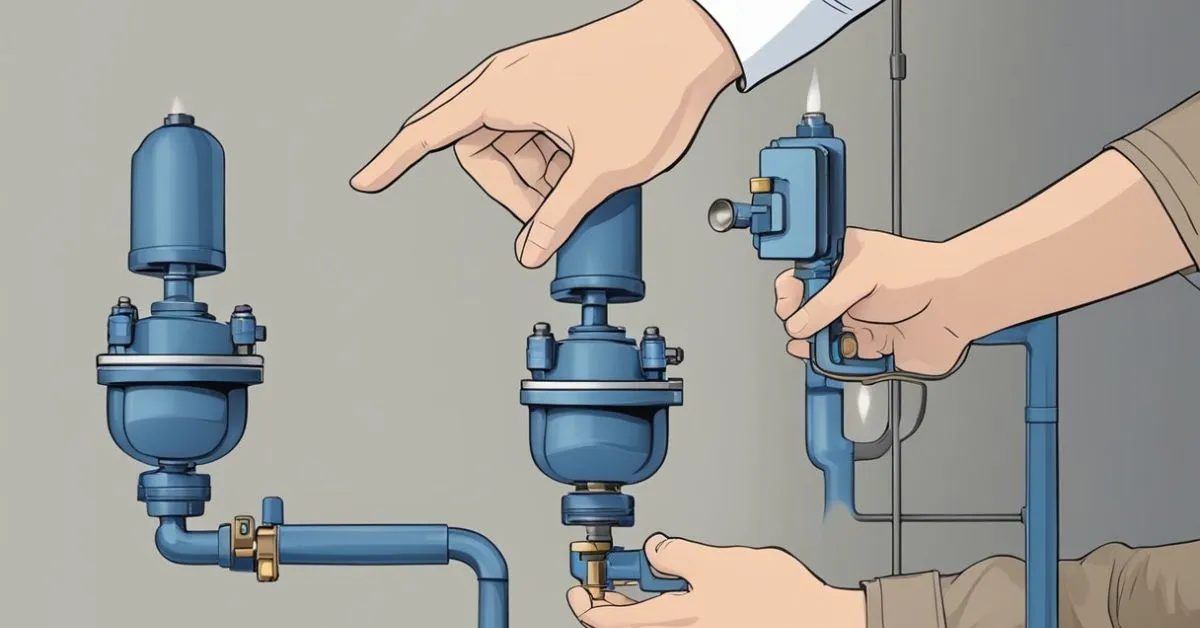Since March of this year, the U.S. has been exporting liquefied natural gas, LNG, to a very unlikely region of the world: the Middle East.
Two cargoes of LNG from Cheniere Energy’s Sabine Pass complex in western Louisiana were exported to Kuwait, while a third went to the United Arab Emirates, and two others were shipped to Jordan, Kallanish Energy learns.
Shipping natural gas to the Middle East – probably the most petroleum-rich region on earth — ought to sound odd to the average American, according to the blog of Jim Krane, the Wallace S. Wilson Fellow for Energy Studies at Rice University’s Baker Institute in Houston, printed in Forbes magazine.
“The usual narrative suggests that America is dependent on the Middle East for energy, not the other way around,” Krane said.
Why would Kuwait and UAE need American gas? They sit in a region that holds more than 40% of global gas. Iran alone owns 18% of known reserves. Qatar has 13%.
| Departure date | Destination | Volume (Bcf) |
|---|---|---|
| 3-28-16 | UAE | 3.39 |
| 5-10 | Kuwait | 3.61 |
| 7-18 | Jordan | 3.57 |
| 9-1 | Kuwait | 3.46 |
| 9-11 | Jordan | 3.36 |
Iraq flares 700 million cubic feet per day (MMcf/d) of associated gas from its southern oilfields. Estimates put the value of the wasted gas at $1.8 billion annually, according to Krane.
Even though Kuwait and the UAE each hold more than 100 years of gas reserves at current rates of production, they are genuinely short on natural gas.
“The root cause is government subsidies that fix domestic natural gas prices at very low levels — less than $2 per million BTUs (MMBtus),” Krane said. “At those prices, demand for gas is rampant. So is demand for electricity, which is also subsidized.”
With prices so low, no producer wants to invest in natural gas production – there’s no money to be made. Also, non-associated gas reserves in Kuwait and the UAE are challenging, as the gas is either tight or ultra-deep, or sour – laced with hydrogen sulfide. That makes it expensive.
Kuwait and the UAE have also been unable to import gas from their neighbors, partly due to politics. Neither country has good relations with Iran. A gas pipeline crossing the Persian Gulf from Iran to the UAE sits unused because the two countries cannot agree on a price, Krane said.
Kuwait and Iraq are not on speaking terms. And Kuwait’s attempt to import gas from Qatar has been blocked by Saudi Arabia, which refused permission for a pipeline to cross its territorial waters.
“The LNG import terminals we built are now being retrofitted for export. With an increasingly liquid spot market for LNG, U.S. shale gas now flows to South America, Asia, Europe, and — when prices are right — to the Middle East,” Krane said.








